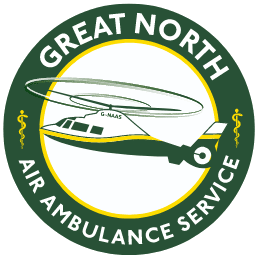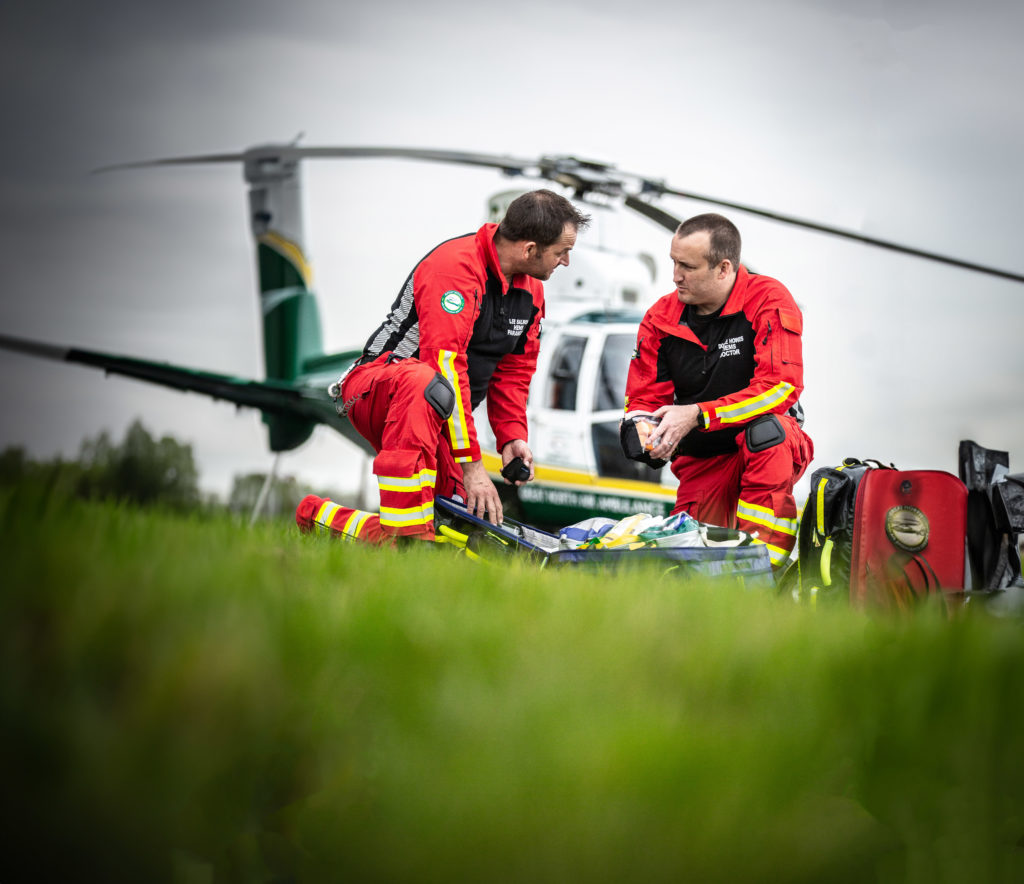“It’s just an absolute privilege to be involved, and to see parts of the world people don’t get to see and help share that with other people as well.”
GNAAS paramedic Jamie Walsh has just returned from a four-week trip to Vietnam and Laos, where he provided medical support for motorcycle tours organised by RAMS Adventures.
This is the third time he has worked with the company and he’s already setting his sights on joining them next year for even more motorcycle adventures.
We recently caught up with him to find out more about his trip.
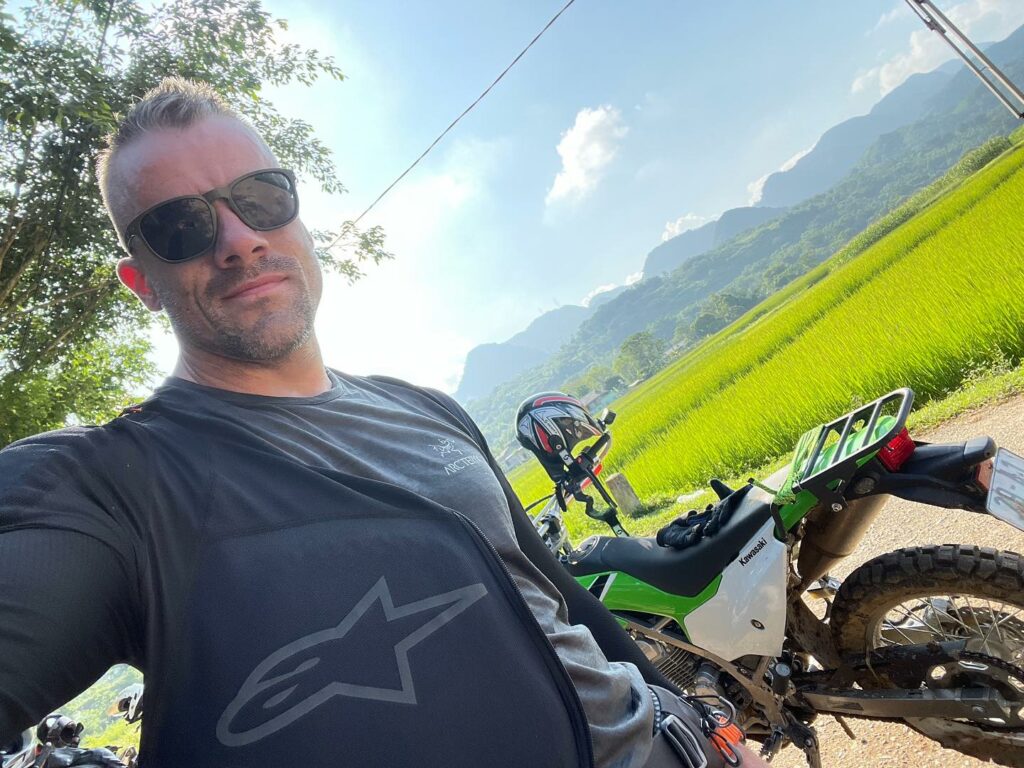

How did you get involved with RAMS Adventures?
I used to work as a medic for the British Superbikes and the MotoGP and this is where I met Dave Lee, who’s the owner of RAMS Adventures and a paramedic.
We get on really well and have similar interests and obviously by working on an air ambulance, you gain a certain amount of credibility in dealing with difficult situations and have the ability to improvise and adapt to provide medical cover in remote environments. Since we got on, Dave asked if I would be interested in helping out with his motorcycle tours and I practically bit his hand off.”
Where did you go during the motorcycle tours?
I flew into Hanoi and sorted the bikes out and then the customers came in later.
I spent the first night in Hanoi, and then I spent the next night in Mai Chau, which is just near the Laotian border. Then we crossed into Laos, and spent seven days riding in Laos, and then back across the border into Vietnam, riding the bikes back to Hanoi and that’s the end of the first trip.
A lot of it was off-road but even the places that are on road are broken. You also have to deal with the heat and humidity. The temperature was around 35 degrees, but when you’re in the mountains in Vietnam it gets down to about 25, however it’s still 85% to 95% humidity; so you’ll do a full day’s ride and you will end up soaked in sweat.
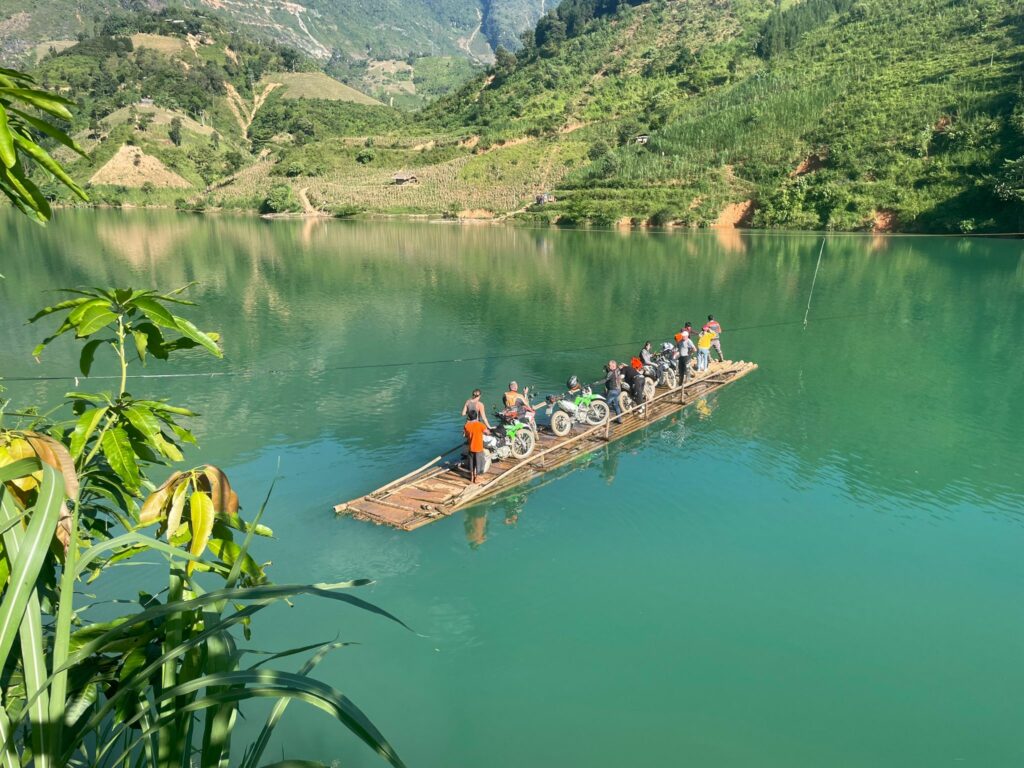

After the two-week trip to Laos, I had a day in-between in Hanoi, sorting the bikes and kit out for the next trip.
Then the second tour covered the northern region of Vietnam, which is the mountain region. You get the overnight train to Lao Cai, and then follow the Chinese border along and explore some of the more remote routes of Vietnam.
You say a lot of it was off-road or on broken roads. How does it differ compared to riding a motorcycle in the UK?
As the Laos trip was a recce trip there were times where we didn’t know particularly where we were going to end up and it was just a case of going and exploring. Sometimes the trails ran out and we’d be lost in the jungle in Laos not knowing which way to go and we’d have to use our limited communication skills to find out where we were and where to go. It’s definitely a lot different to riding in the UK but it was a great experience.
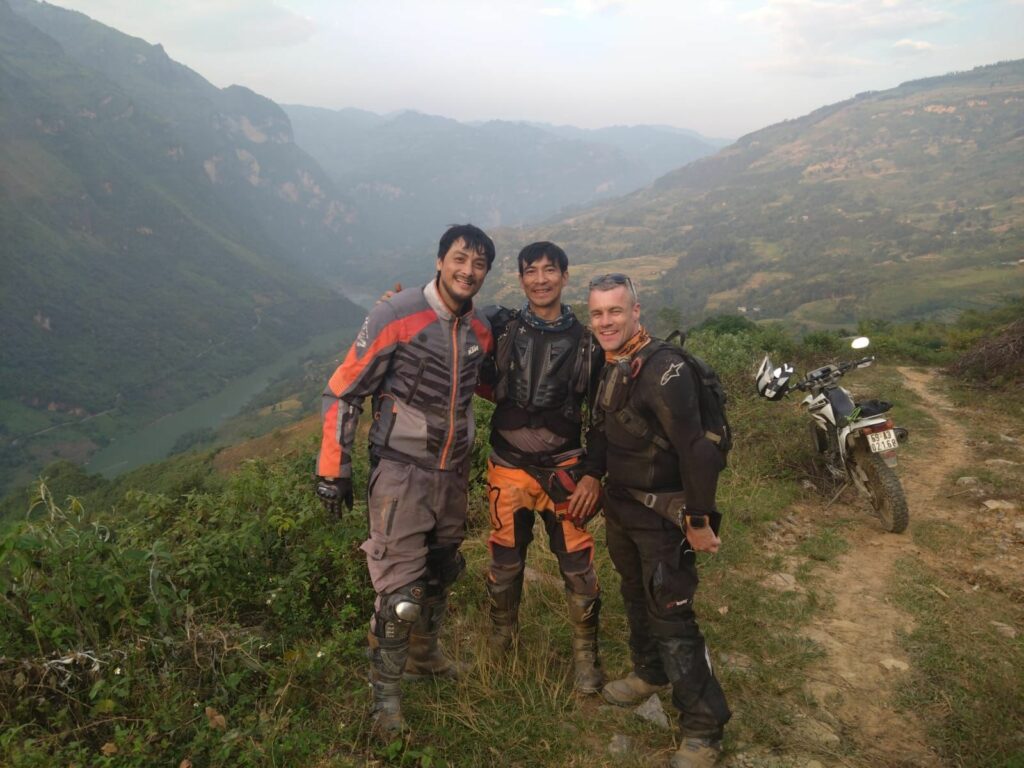

How many people are on the trips?
So there’s myself as medic, then there’s a Vietnamese guide and a Vietnamese mechanic, as well as a British guide, and then the customers. We had 12 on each trip in total.
These motorcycle tours are the only real way you can properly explore Laos and Vietnam. You get to see parts that normal tourists can’t really access, but consequently, if you’re in the jungle and you’re a little bit lost, you have to deal with heat and humidity and make sure everyone keeps hydrated as you plan your route.
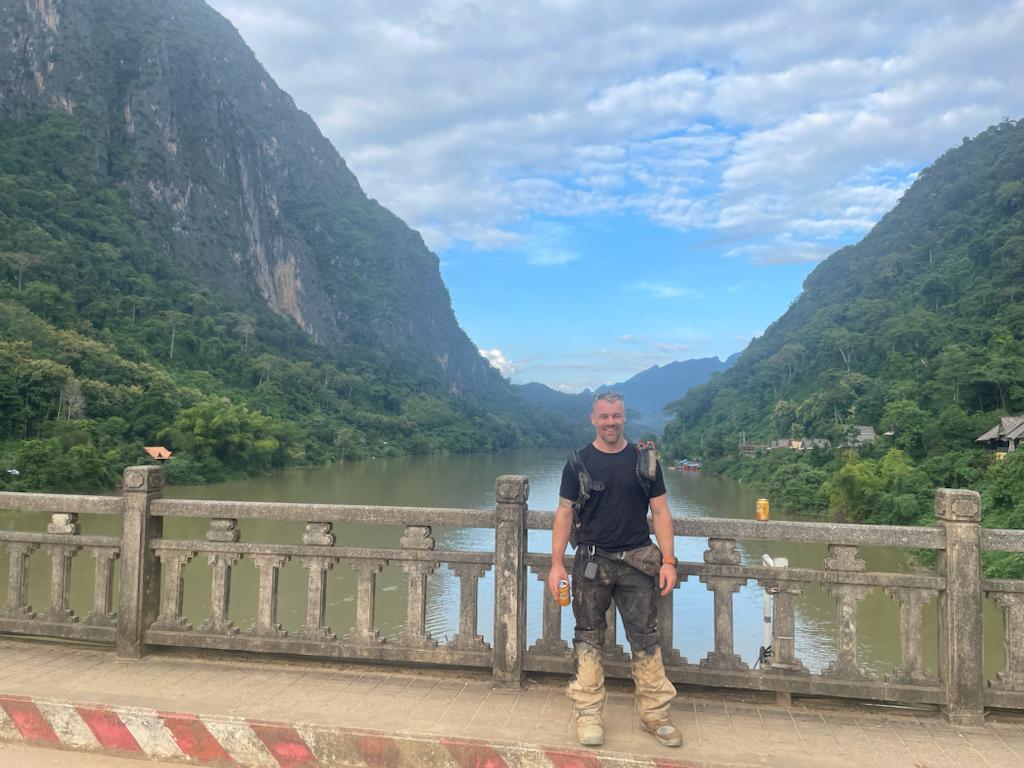

What was your role on the trip?
People don’t want to get hurt, but the customers are putting themselves in a position where a lot of them will be out of their comfort zone. So having a British medic on the trip provides a bit of reassurance and comfort that they are going to receive a high standard of care, even in a remote area of a foreign country.
As the medic, you don’t just provide care when someone has an accident, it’s also about preventing it and making sure everyone is looking after themselves. This includes keeping everyone cool, ensuring they are drinking plenty of water and eating enough food, making sure they’ve got good hygiene and preventing them from getting sick or dehydrated.
While you are travelling the remote areas of Laos and Vietnam, you could be up to nine hours from the nearest hospital, and that hospital might not be equipped to deal with what we may take in.
So you’ve got to be prepared to deal with whatever you come across and deal with it for a significant amount of time, which is different to GNAAS, and offers its own challenges.
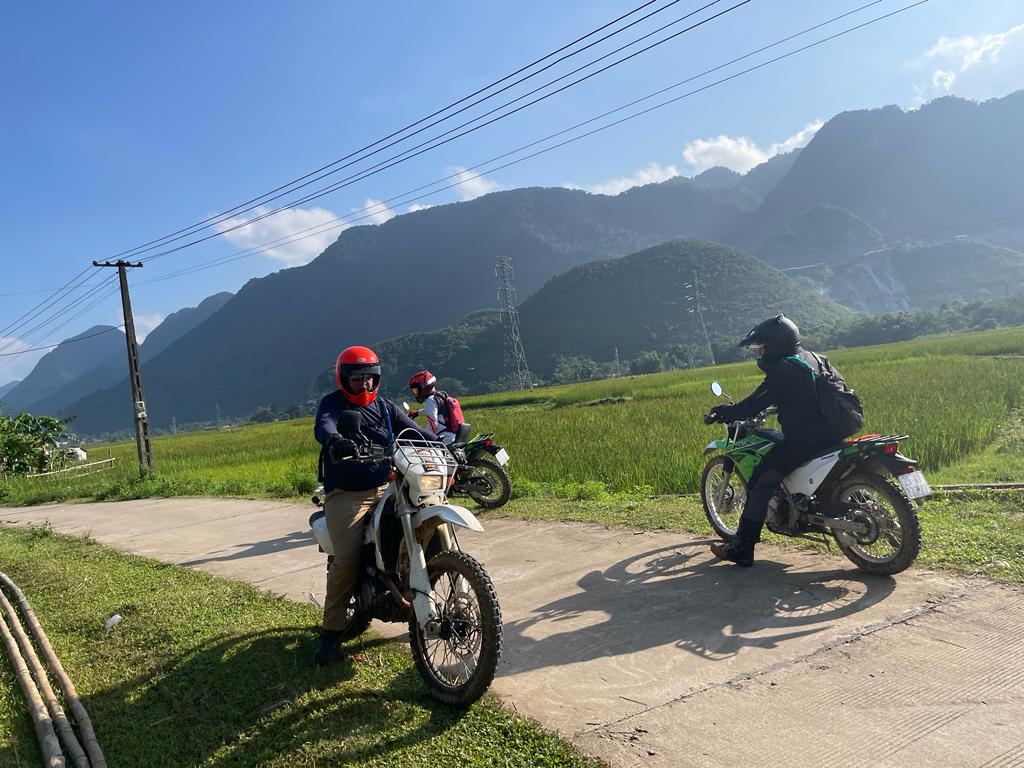

You need to make sure that you’ve done appropriate pre-planning include knowing which hospitals are where, what hospitals can take what, and how you’re going to evacuate people from the most remote areas. You also have to look after everyone’s insurance as you might not be able to get a helicopter until it’s paid for.
So it’s about being able to deal with all the logistical elements of working in remote medicine, which is exciting.
Thankfully everyone was ok, and I only had to deal with small incidents, but it’s all part of the adventure.
Do you have any highlights from the trip?
Most of my highlights are people related. It’s quite a humbling experience because you’re the only Western people that the locals see. A lot of them have very little, but what they have, they’re willing to share with you, and it makes you almost re-evaluate what’s really important.
There’s so many orphans out there as well, but they all look after each other, and the kids are just so beautiful and happy despite having very little.
Also you get to ride a motorbike for three or four weeks, in some beautiful places, and eat some beautiful food.
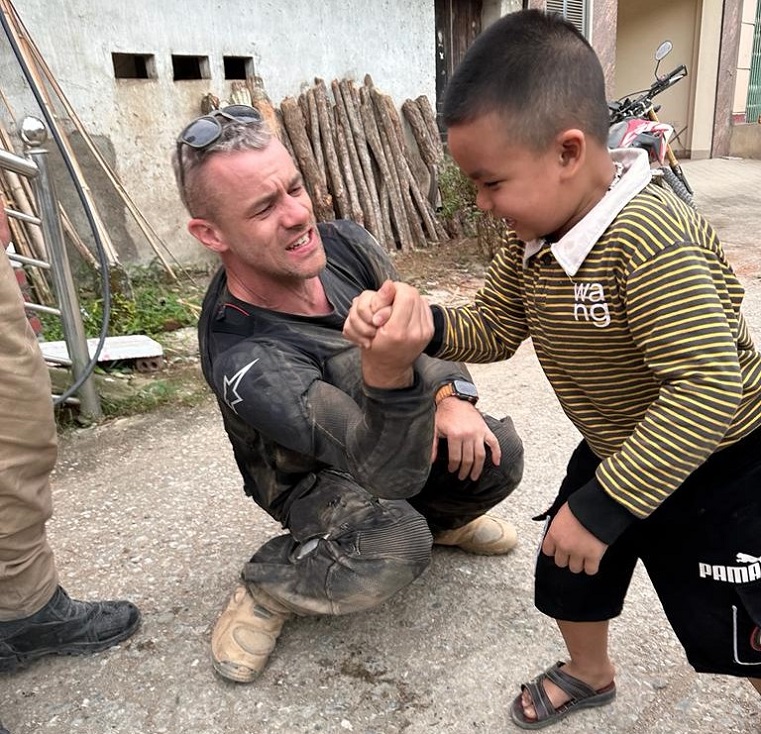

Are you planning on doing any more motorcycle adventures?
I’ve done the Northern Vietnam trip three times in 2018, 2022 and 2023, then the Laos trip this year.
In March 2024 I’m hopefully going to do the Ho Chi Minh trail from South to North Vietnam.
It’s just an absolute privilege to be involved, and to see parts of the world people don’t get to see and help share that with other people as well.

